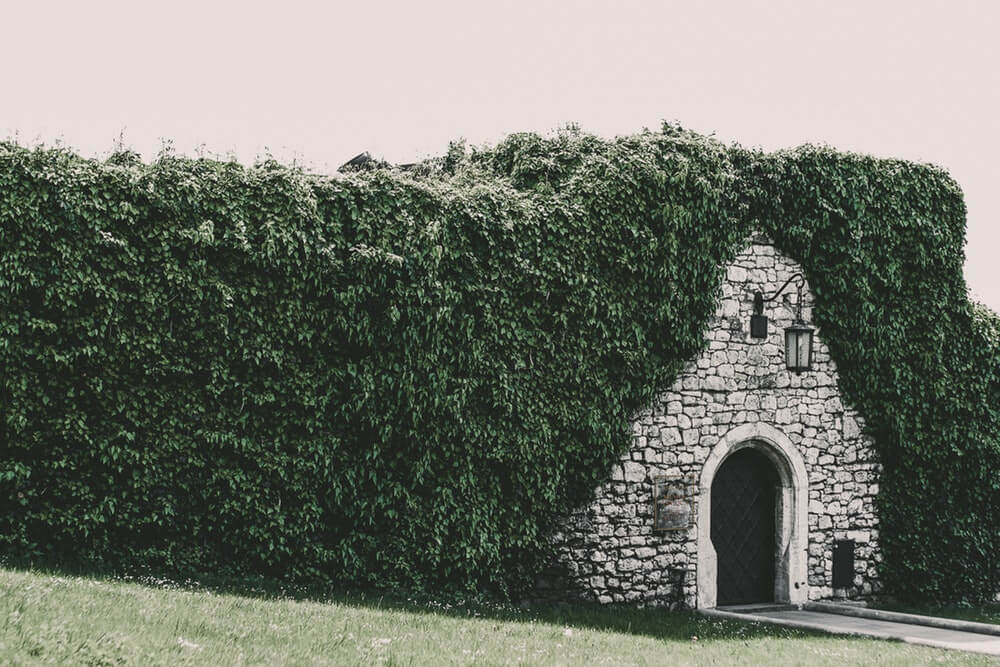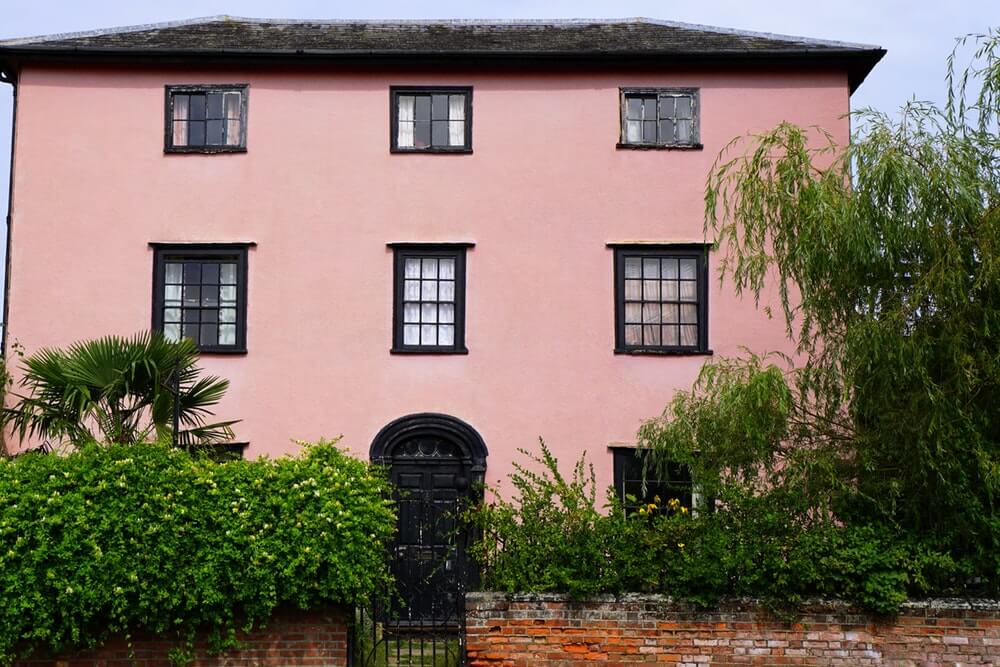Do you want to create a boundary around your garden? Are you planning to block out the traffic or cover unsightly parts of your garden? Whatever your cases, putting a growing hedge can be an easy and quick alternative to a wall or fence. It can create a healthy and fresh space in your property, while also enhancing the look of your garden with a variety of colours and patterns all year round.
Since it can be hard to choose the right plant for your home, here are a few suggestions for fast-growing hedges to help you make an informed education.
Benefits of building growing hedges

Compared to a fence or wall, there are many benefits of building a growing hedge in your property:
1. Low maintenance
Contrary to what many people think, growing hedges often require low maintenance. It is true that a young or new hedge might need to be pruned regularly, but it doesn’t take so long for it to adopt the basic shape you want. Once the hedge is well established, you just need to prune it twice per year using good hedge trimmers, which can save a lot of time and effort.
2. Wildlife
One of the best things about a growing hedge is that it can provide food and shelter for a variety of wildlife. It attracts different kinds of insects and eventually their predators. Thus, you will likely to see a large number of birds around and in the hedging.
3. Appearance
What would you prefer on your property – a dull slab of steel or concrete wall or a fresh, luscious looking hedge? Chances are most people will choose the latter option simply because it looks better. Growing hedges can define boundaries and hide unsightly views, thus creating a stunning appearance in your garden. Also, the hedge can be cut or trim in any shapes you want to show off your personality.
4. Privacy
If you are living in semi-detached or complex house, then a growing hedge would be a perfect option for your space. Even when you have a separate home with a neighbour who always peers into your windows or yard, it can block out their views and provide the ultimate privacy from overlooking roads or paths.
What is the fastest growing hedge for your home?

Hedges can be built from trees, bushes, vines, or shrubs. While there is a variety of options, it can be hard to choose the right plants for your home, especially when you want it to grow quickly. To help you make an educated decision, we’ve compiled this list of the fastest growing hedges. Let’s check it out.
1. Fuchsia
Fuchsia can be planted as an unusual and attractive flowering hedge in some mild regions of the UK. This type of plant can quickly reach 3 meters in height, but you can prune it after flowering to ensure a more controllable height. It’s advisable to grow fuchsia in sheltered spots with partial shade.
2. Cherry laurel
Also known as Prunus laurocerasus, cherry laurel is a dense plant which features large and glossy green leaves. This kind of evergreen can grow at least 30 centimetres in one year. During the summertime, it can bear fruits which are similar cherries and turn from red to black when they get mature. You should grow it in shade or sun.
3. Griselinia
Griselinia is typically an attractive evergreen which has apple-green, oval leaves. It is especially suitable for seaside gardens and sheltered areas – avoid exposed and northern locations. You can see it to grow at least 30 centimetres in a single.
4. Beech
Beech forms an attractive, dense hedge which can grow up to 30 centimetres each year. This type of plant is deciduous, but when you clip it during autumn, it would retain the coppery leaves throughout winter. In spring, they will be replaced with fresh, new green leaves.
5. Bamboo
Bamboo makes an evergreen and contemporary hedge. Be careful when making your choice because some species might reach 6 meters in height and have spreading, invasive roots. If necessary, you should grow it in a solid barrier. Different kinds of bamboos can develop at different rates. The average growth ranges from 0.3 to 1 meter per year.
When and how to build a hedge

The cheapest and most effective way to build a hedge is to grow bare-root plants in a dormant season, typically from November to February. Most hedging plants like yew, hornbeam, and beech could be grown in this method, while other evergreen hedges like should be planted in early autumn.
Before growing, you should prepare the ground carefully and get rid of all weeds or pests to prevent them from competing with your hedge for nutrients and waters.
To speed up the growth of the hedge, it is important to add some well-rotted manure or compost to provide the ground with some essential nutrients. If you don’t have these options, just put bone, fish, and blood instead in the bottom of the hole.
Each plant should be grown at least 40 centimetres apart. If you want to create a double row, the stagger the plants and always mulch, water new hedges to keep down the weeds. Install a simple fence around the hedge to protect young plants from your dogs, cats, and herbivores.
If necessary, stake weak shrubs or trees to provide support and help them grow upright. To make your hedge stronger, thicker, and bushier, trip or cut the plants regularly.
This short clip will show you more useful tips to grow a perfect hedge:
If you are looking for more advice to maintain your hedge, here is my guide to common problems you may encounter.







